By now, I have a well-established routine when I set up a new pair of Meta smart glasses. I connect my Instagram, WhatsApp and Spotify accounts. I complete the slightly convoluted steps in my Bluetooth settings to make sure Meta AI can announce incoming phone calls and text messages. I tweak the video settings to the highest quality available, and change the voice of Meta AI to "English (UK)" so it can talk to me in the voice of Judi Dench.
But with the $499 Oakley Meta Vanguard glasses, there's also a new step: deciding what the customizable "action button" should do. The action button isn't even my favorite part of using the glasses, but it's a sign of just how different these shades are from the rest of Meta's lineup.
While the second-gen Ray-Ban and Oakley HSTN glasses iterated on the same formula Meta has used for the last few years, the Vanguard glasses are refreshingly different. They aren't really meant to be everyday sunglasses (unless you're really committed to your athletic pursuits) but they are in many ways more capable than Meta's other smart glasses. The speakers are louder, the camera has new abilities and they integrate directly with Strava and Garmin. And while these won't replace my go-to sunglasses, there's more than enough to make them part of my fitness routine.
New look, new setup
The sunglasses were very clearly made with athletes in mind. The Oakley Meta Vanguard glasses are the type of shades a lot of people probably think of when they hear "Oakley sunglasses." The wraparound frames with colorful, reflective lenses are the style of glasses you might associate with a high school track coach, or your neighbor who is really serious about cycling.
The pair I tested had black frames and Oakley's orange "Prizm 24K" lenses, which aren't polarized but are favored by a lot of athletes for their ability to dial up the contrast of your surroundings. I was able to comfortably wear my pair in bright, sunny conditions and also in more overcast lower light. I also appreciate that the lenses are swappable, so you can switch them out for a dedicated low-light or different-colored lens depending on your conditions. (Extra lenses cost $85 each and will be available to purchase separately soon, according to Meta.) These glasses don't, however, support prescription lenses of any kind.
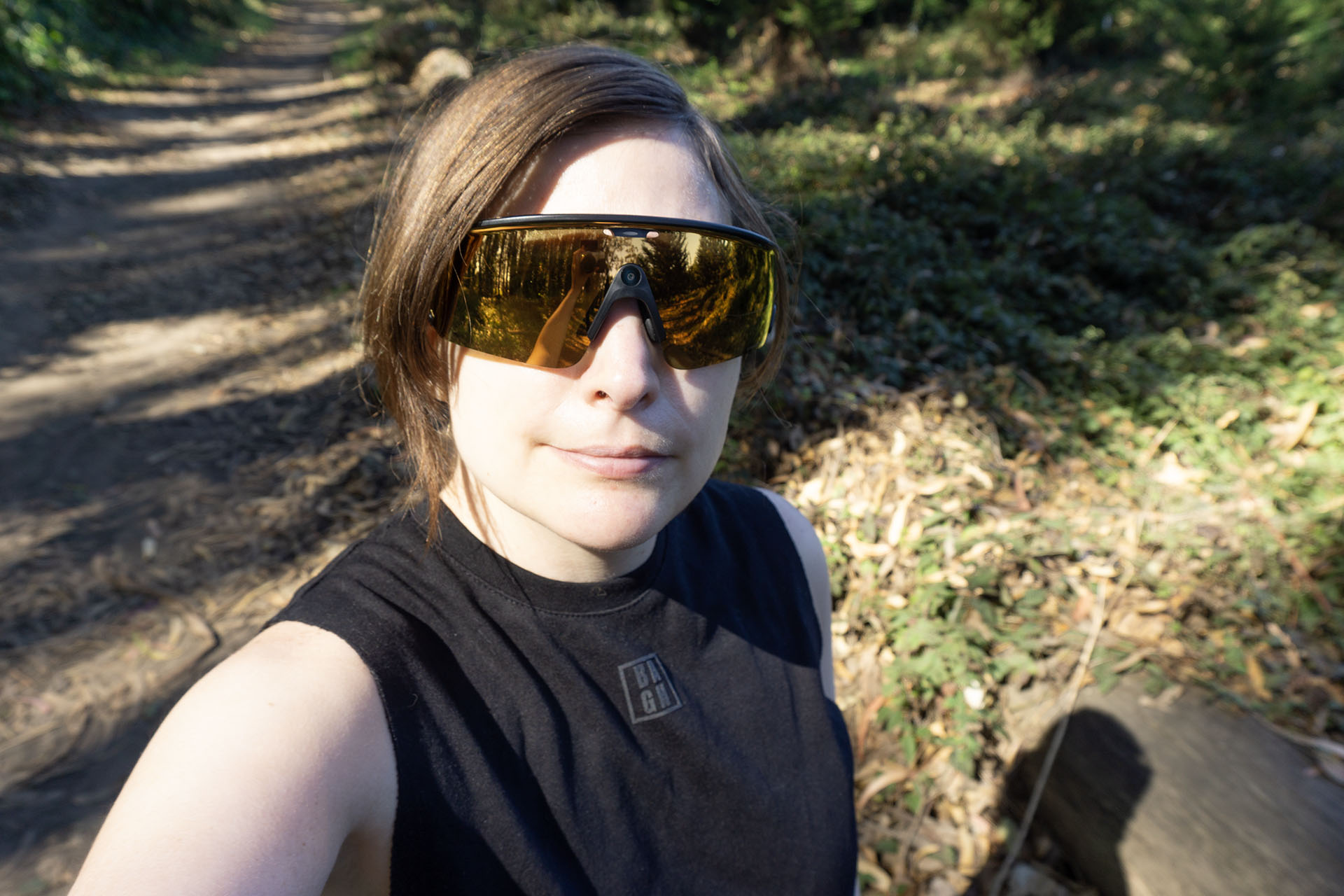
I realize this style of sunglasses won't be appealing to everyone, but the frame shape does enable a slightly different setup than what we've seen with any of Meta's other smart glasses. Most noticeably, the camera is in the center of the glasses, just above the nosebridge. The LED that lights up when the camera is on is also in the center, near the top of the frames.
As with Meta's other smart glasses, you can control volume and music playback via a touchpad on the right side of the glasses, but the capture button to take photos and videos is now on the underside of the glasses rather than on top. This is meant to make it a bit easier to reach if you're wearing a hat or helmet, though I found it took me a few tries to get used to the new placement. Behind the capture button is the previously mentioned "action button," which can be customized to trigger specific functions via the Meta AI app.
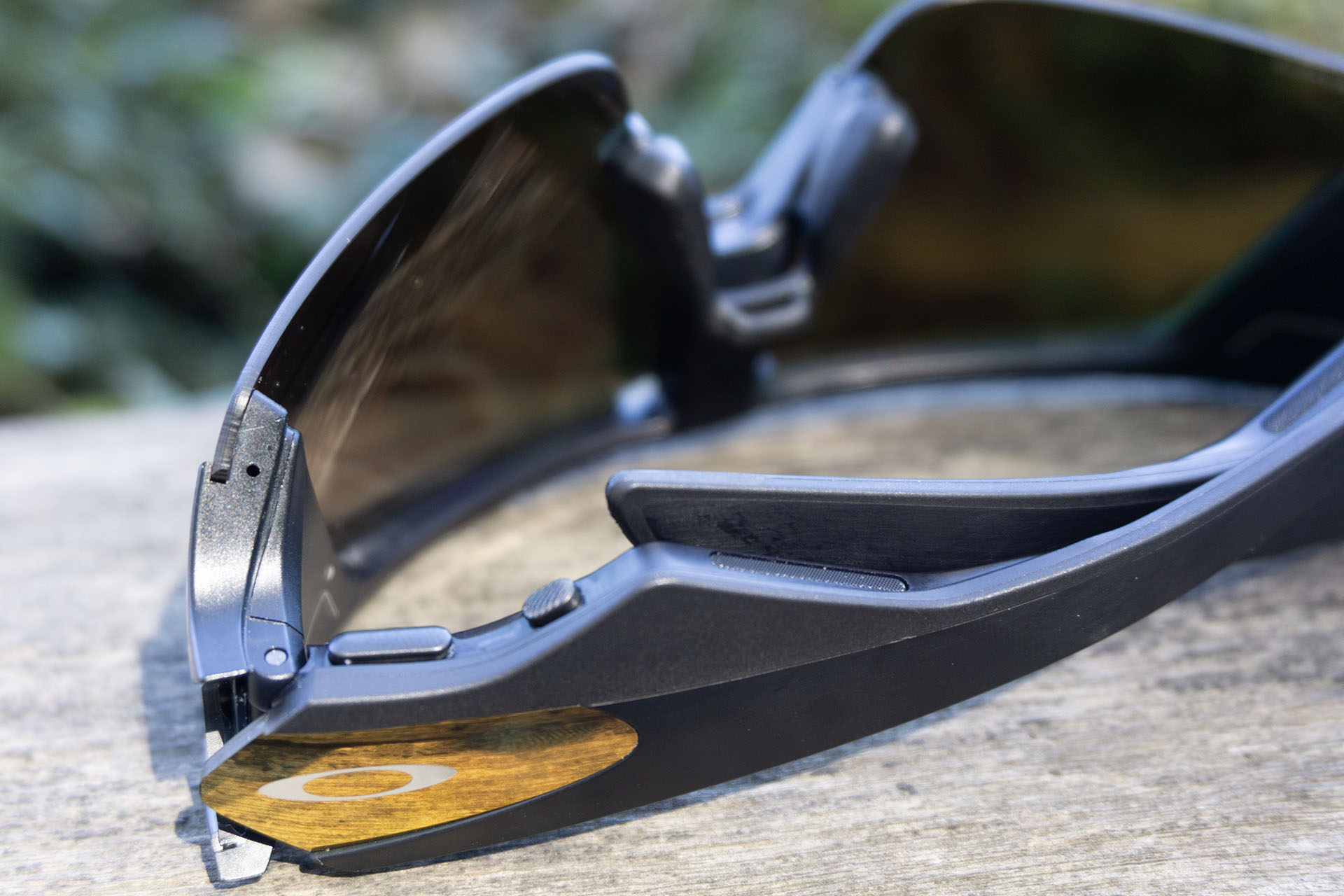
I haven't yet figured out what the best use for the action button is, though I've tried out a few different setups. On one hike, I set it up to automatically call my husband, kind of like a speed dial. During a bike ride, I had it set to record a hyperlapse video. I've also tried it out as a shortcut for launching a specific Spotify playlist or as a general trigger for Meta AI. With all of these, I appreciated that the action button allowed me to do something without saying the "Hey Meta," command. Repeating "hey Meta" to my glasses in public has always felt a bit cringey, so it was nice to have a much more subtle cue available.
Did I mention it's for athletes?
The Vanguard's athlete-focused features go beyond the sportier frames. The shades come with new integrations for two of the most popular run and bike-tracking platforms: Garmin and Strava. If you have a supported Garmin watch or bike computer, you can set up the glasses to automatically capture video clips based on metrics from your activity, like hitting a particular heart rate zone or other milestone. You can also ask Meta AI directly to tell you about stats from your Garmin watch, like "hey Meta, what's my pace."
I don't have a Garmin watch, though I did briefly test out some of these features during my hands-on at Meta Connect. I suspect a lot of runners and cyclists may still find it easier to simply glance at their watch to see stats, but having it all available via voice commands doesn't seem like a bad thing either.
Strava's integration isn't quite as deep. If you're tracking a run, hike or ride while wearing the glasses, you can overlay your stats directly onto photos and videos from your activity. This includes metrics like distance and elevation, as well as heart rate if you're also wearing an Apple Watch or other tracker that's connected to the Strava app. Here's what it looks like with a photo from a recent bike ride.
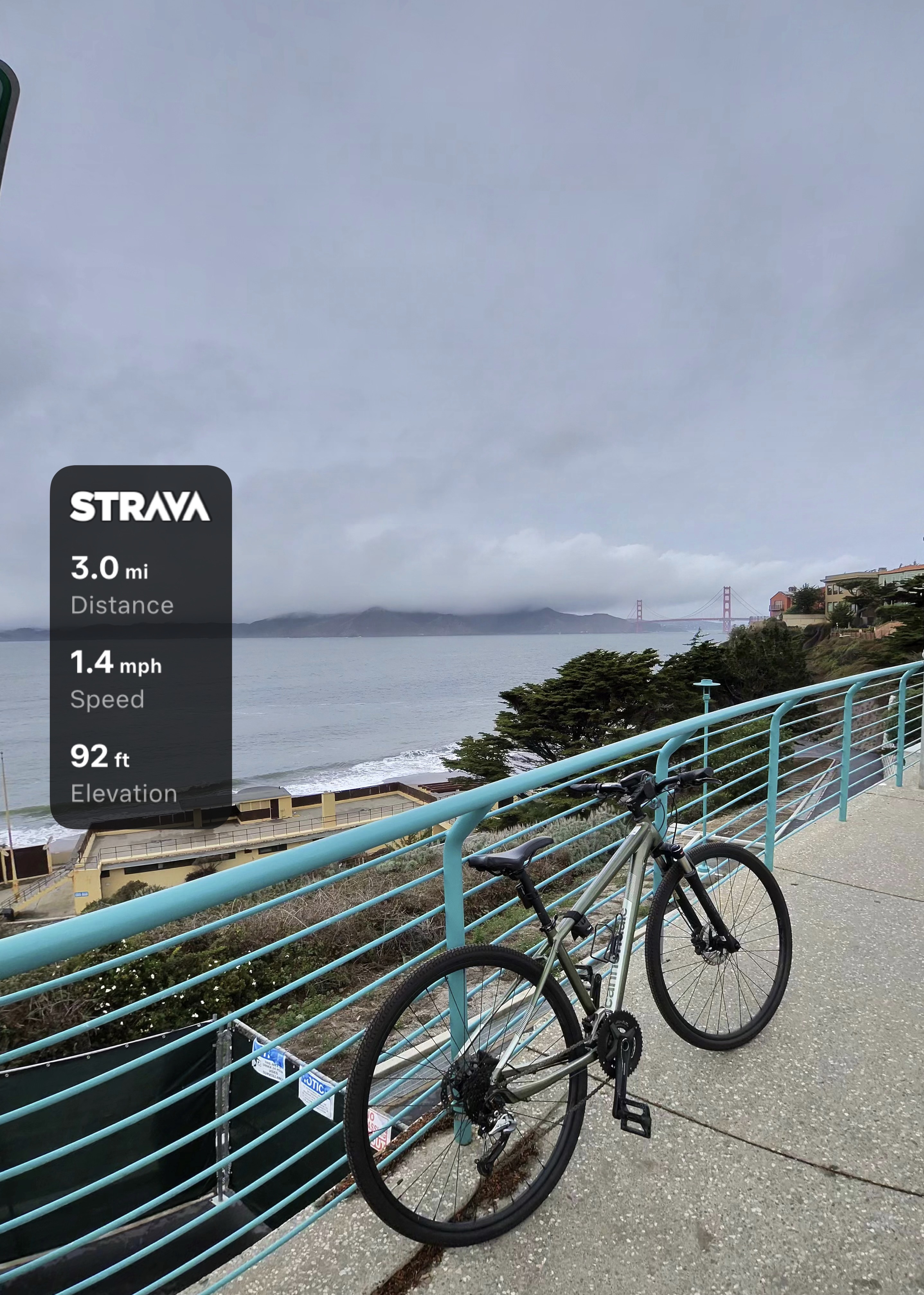
I typically don’t share stats from runs or bike rides (usually because they aren't that impressive) but it's a bit more appealing that just sharing a straight Strava screenshot. Another neat feature is that if you share a video, you can watch the stats change in real time alongside your recording. That level of detail isn't particularly interesting for a mostly flat bike ride on a city street, but I can see how it would be a lot more compelling on a more technical trail ride or in a race.
My only complaint, really, is that Meta has limited these kinds of features to Garmin and Strava's platforms so far. I'd love to have support for my favorite ski-tracking app, Slopes, and I'm sure there are plenty of people who'd be happy to have an integration with their running or workout-tracking app of choice. Meta has announced some plans to bring more third-party apps onto its smart glasses platform so there might be hope here.
There are other improvements, though, that will be appealing to even casual athletes. The speakers are a lot louder to account for potentially noisy conditions like a congested roadway or high-wind environment. I never had to crank the volume up anywhere near the max during my bike rides or runs, but I can say the speakers were loud and clear enough that I was able to comfortably listen to a podcast with the glasses laying next to me on the couch at full volume.
The new centered camera placement is meant to make it harder for a hat or helmet to interfere with your shots, which has been a consistent issue for me with Meta's other smart glasses. The new position didn't totally solve this — I still found that my bike helmet made it into the top of my pics — but at least it's easier to crop out now that my headgear is centered over the top of my image rather than awkwardly sticking out on one side.
The 12MP ultra-wide camera also comes with new video stabilization settings that make it feel a bit more like a replacement for an action cam. The glasses are set to automatically select a level of stabilization based on your motion, but you can also manually choose between low, medium or high stabilization (stabilization is locked at "medium" if you opt to record in 3K). I've mostly left it with the default settings and have been impressed with the results.
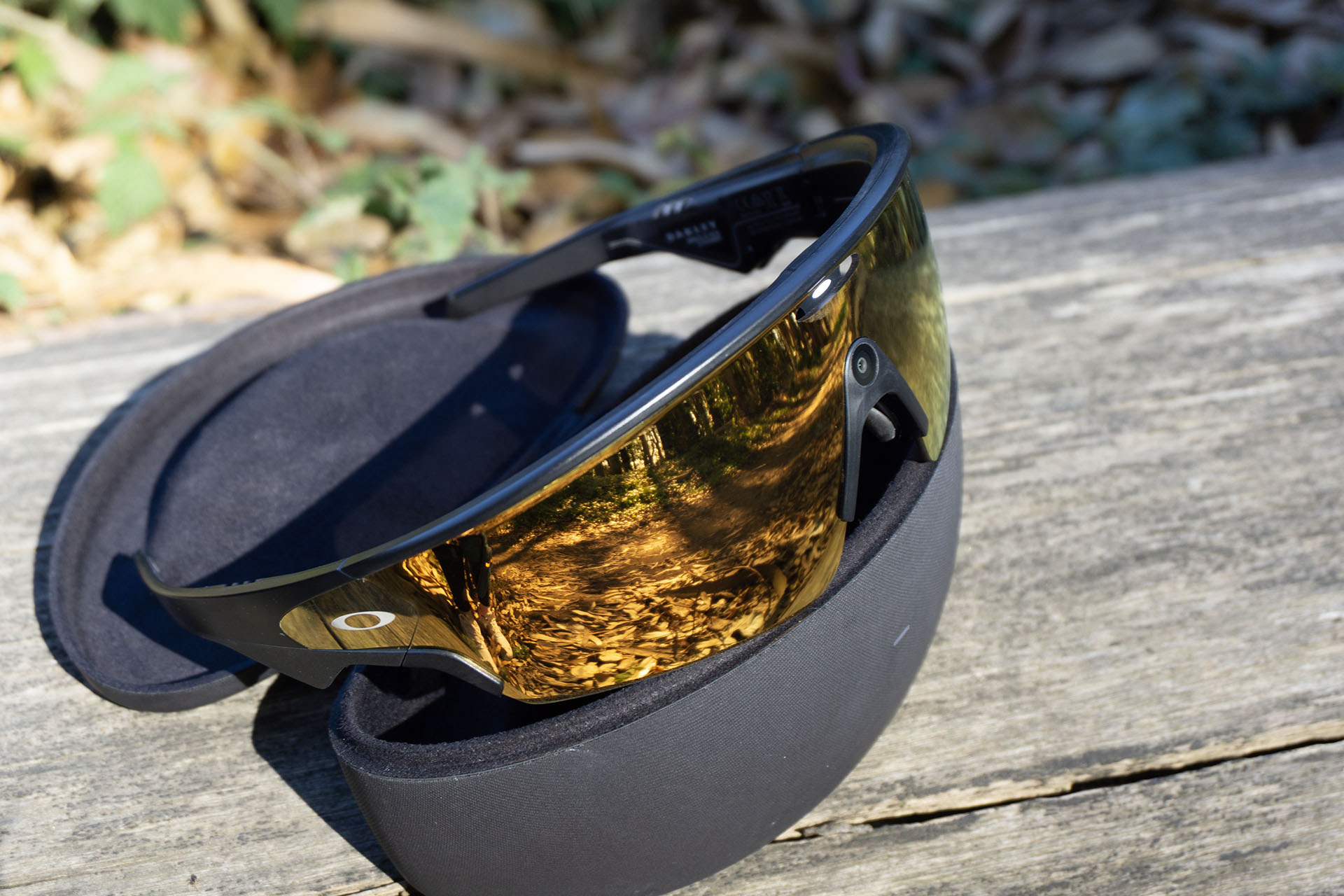
The Vanguard glasses are also Meta's first smart glasses that can record hyperlapse and slow-motion video. Hyperlapse should be familiar to Instagram users who used the now-defunct app of the same name to record timelapse clips. Now, you can say "Hey Meta, start a hyperlapse" and the glasses will record a similar sped-up clip. My hyperlapse clips ended up looking a bit jittery, though, compared to the timelapse shots I'm used to getting with my GoPro. And unfortunately, there's no way to adjust the cadence of the video like you used to be able to with the dedicated app.
My slow-motion clips, on the other hand, came out better. It's not something I'd expect to use very often during a bike ride or trail run, but the POV angle is great for recording clips of pets or kids. Meta is also planning to bring support for hyperlapse and slow-motion videos to the rest of its glasses lineup, though, so you don't need to get these particular shades to take advantage of the feature.
The other major improvement is battery life. The Vanguard glasses have a notably better battery life compared with the second-gen Ray-Ban glasses or the HSTN frames (probably because the bigger frames allow for a larger battery). According to Meta, the Vanguard glasses can go nine hours on a charge with "typical use" or six hours with continuous audio playback. I was actually able to get a little over six hours of audio on a single charge, so they should hold up pretty well if you're running marathons or competing in longer races. As usual, exact battery life can vary a lot depending on how much you're using more resource-intensive features like video recording or Meta AI.
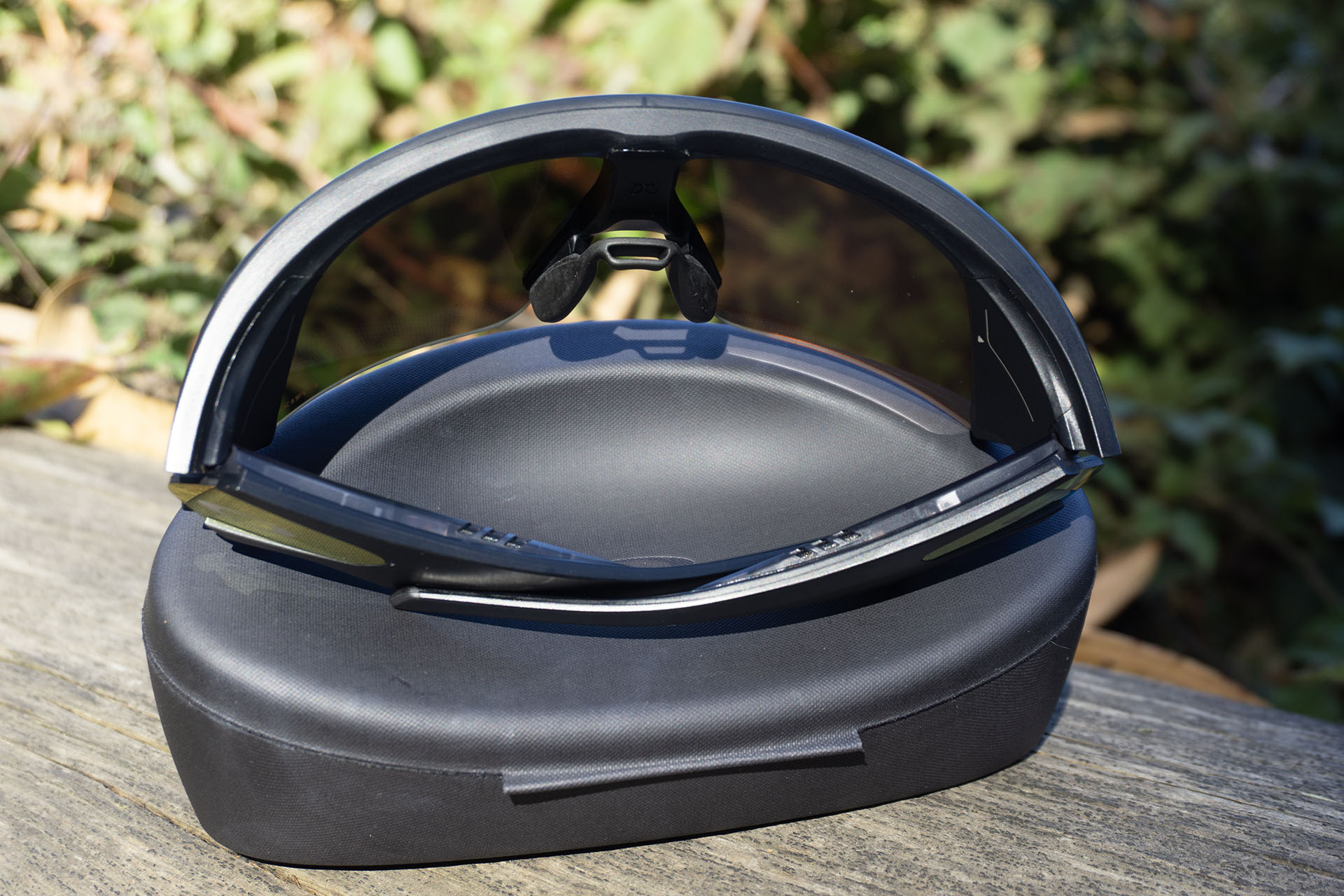
I'm especially looking forward to seeing how these glasses will hold up during a day of snowboarding. Meta previously told me that the battery has been optimized for a wider spectrum of temperatures so hopefully the battery won't drain as quickly on the mountain as Meta's other glasses. And with increased water resistance — the shades have an IP67 rating — I wouldn't worry about dropping them in the snow.
Should you buy these?
While Meta and EssilorLuxottica have gotten very good at making smart glasses (sorry Mark Zuckerberg, I won't call them "AI glasses,") they are still somewhat of a niche product. And the ultra-sporty Oakley Vanguard glasses are even more niche. At $499, these are also more expensive than other models.
That, understandably, may feel too steep for a pair of sunglasses you're likely only going to wear during specific activities. But if you're a dedicated cyclist, runner, hiker or [insert outdoor activity of your choice], there's a lot to like. The camera makes a lot more sense for action cam-like POV footage, and better video stabilization means you're more likely to get shots you actually want to share. Ready-made Garmin and Strava integrations are practically begging for you to brag about your latest PR or race time, which will certainly appeal to many.
This article originally appeared on Engadget at https://www.engadget.com/wearables/oakley-meta-vanguard-review-sporty-to-a-fault-183000829.html?src=rss











